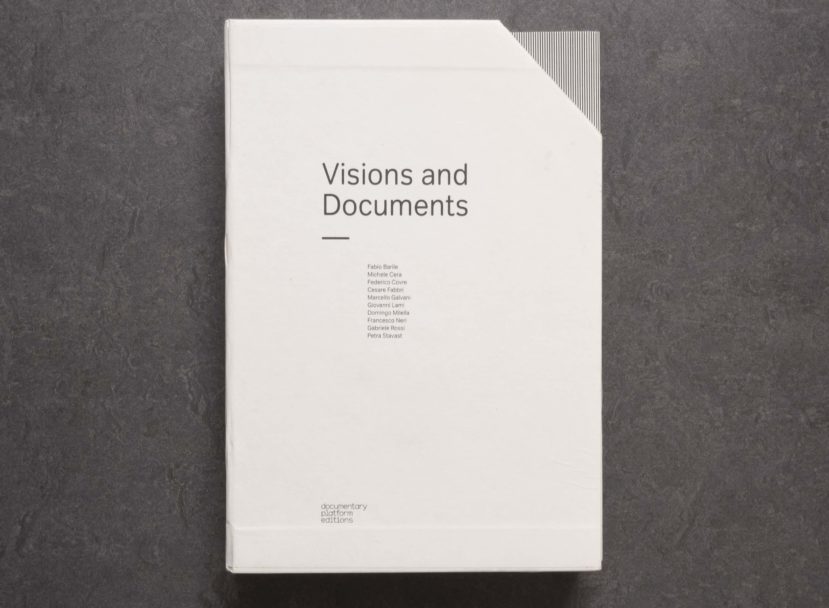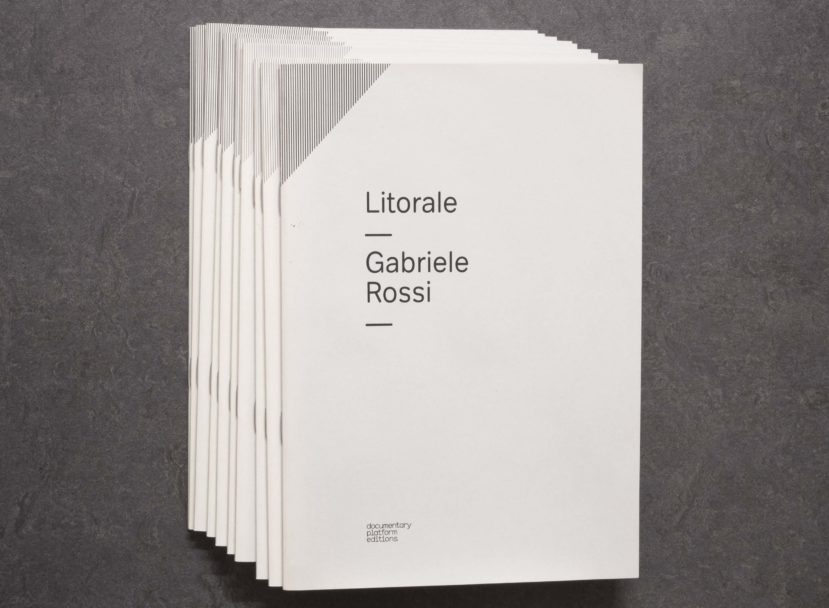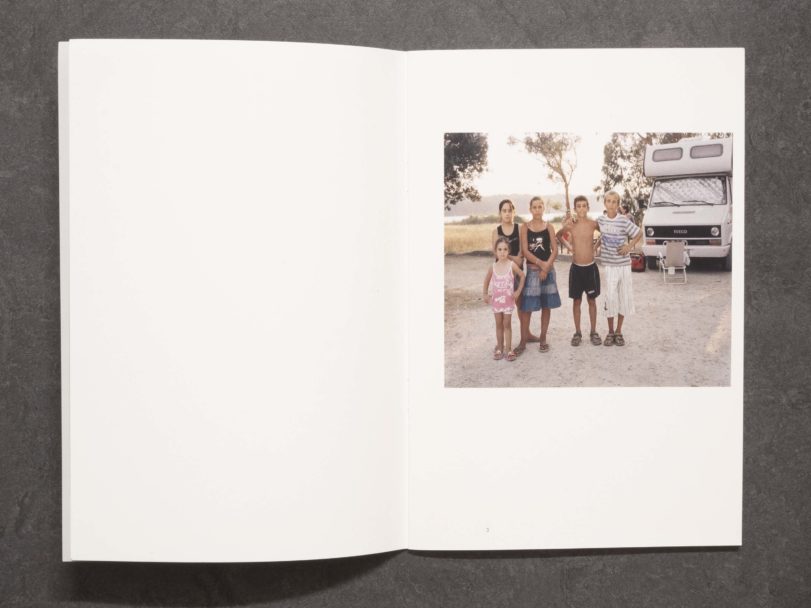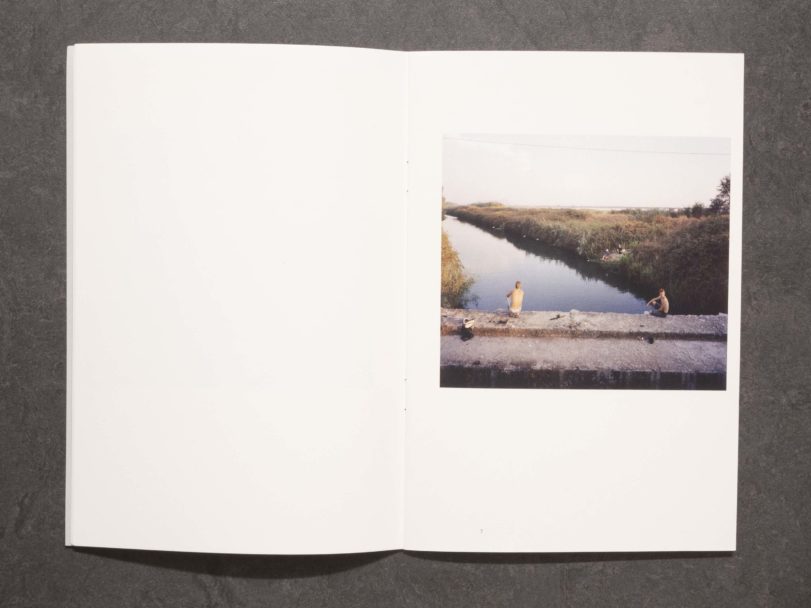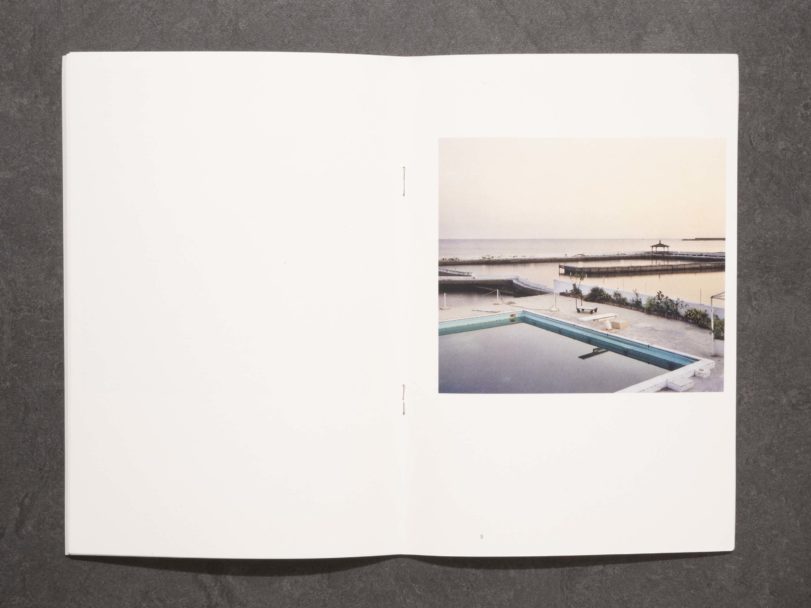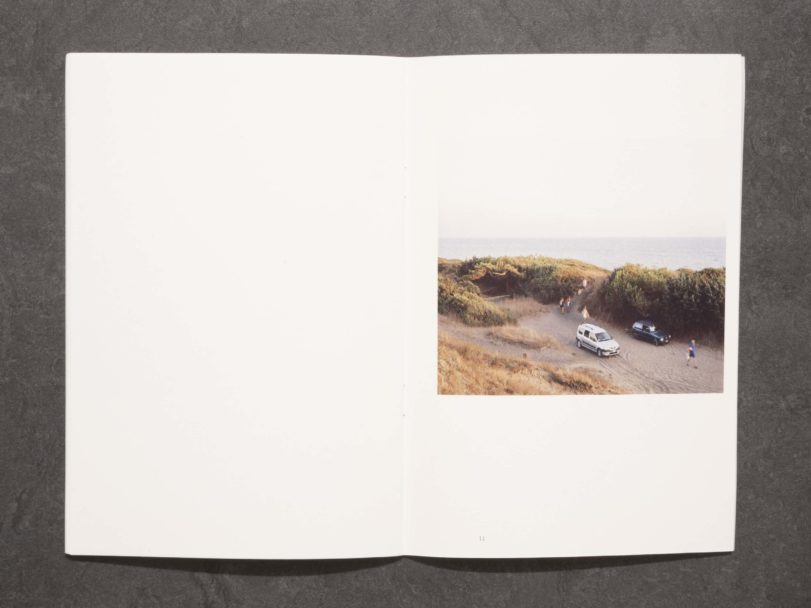
AAVV, Visions and Documents, 2010
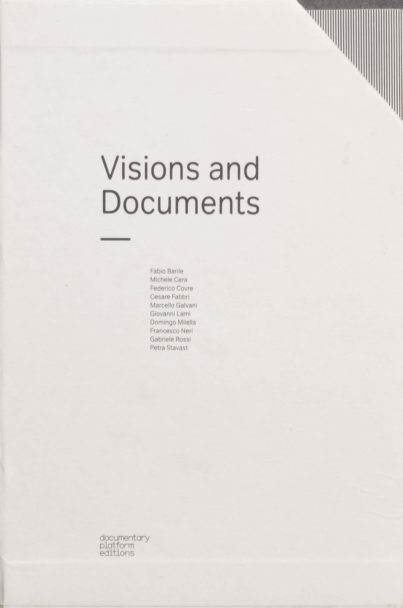
Every one of us has a geography which, through our gaze, permits the perception of the physical world we live. Landscape exists only through our own experience. Perception of the external world occurs by selecting, consciously or unconsciously, the information to be elaborated through a cultural and visual map belonging to each one of us and transformed through our personal language of symbols.
Each landscape is therefore unique and has a character which can be understood only through experience, comparison, analysis, and representation.
Can we consider the contemporary landscape an emerging phenomenon in which the influences of globalization relate to our lived experience?
Over the past few decades, we have been witnessing transformations of the world in which social, political, technological and economic issues are active agents dissolving sedimented concepts. The distinction between urban and rural and the idea of border, along with phenomena of human and natural alterations, are no longer connected to nationalism.
In the 21st century, landscape is an emerging form determined by globalization, conflicts, and environmental changes. Global elements may be recognized anywhere in the world elements whose continuous forms of dispersion and concentration redefine geographies and territories, deeply altering their natures.
Research and investigations are conducted on these phenomena, permitting the proposal of more general hypotheses and considerations:
• do forms of reading and representation capable of assimilating changes in society and the physical changes in contemporary cities exist?
• what is the Italian geographic identity of today?
• can photography represent social landscape and therefore who lives it?
• is it possible to interpret changes in terms of conflicts and differences interposing multiple identities, interculturality, multiethnic society and reinforcement of traditions?
DocumentaryPlatform is a project originating from the intent to observe what is happening in contemporary Italy at this historic moment.
The reflections of various investigations conducted by photographers of the Italian territory and society are gathered together via the construction of a visual archive Documentary is the language of choice. It is an approach best suited for the study of contemporaneity and its criticalities, while attempting to define sets, series and relationships within itself (M. Foucault).
Through important and shared themes, it will be possible to construct series of series in which “visual correspondence” allows for the articulation of characteristics and the activation of reflections on a structured and complex territory as is that of Italy.
Constructing “visual correspondences” consents the observation, within a comprehensive scheme, of how each context has been crossed over time by different settlement models, how a geographic region has been interpreted and reused by different social forms, how industrial development has contributed to the alteration of territory, and how the tourism industry has become the driving engine of future scenarios.
Photography, as aware observation of transformations and widespread practice of appropriation, may play an ethical and even political role in learning how to view contemporary society.
NOT FOR SALE / NOT ORDERABLE
Visions and Documents
Documentary Platform Editions, 2010
Edited by Michele Cera e Federico Covre
Book design by Zaven (Enrica Cavarzan – Marco Zavagno)
Single booklets:
Fabio Barile Among
Michele Cera Taccone
Federico Covre Dovresti esserci…
Cesare Fabbri Un mondo di carta
Marcello Galvani Casi
Giovanni Lami Apnea
Domingo Milella Paesaggi
Francesco Neri Nove
Gabriele Rossi Litorale
Petra Stavast Libero
16,2 × 21,7 × 4,2 cm box
15,9×20,9 cm single book
Carton box
Edition of 150 copies
ISBN 978-88-905304-0-1
Related products

Mariken Wessels,
2010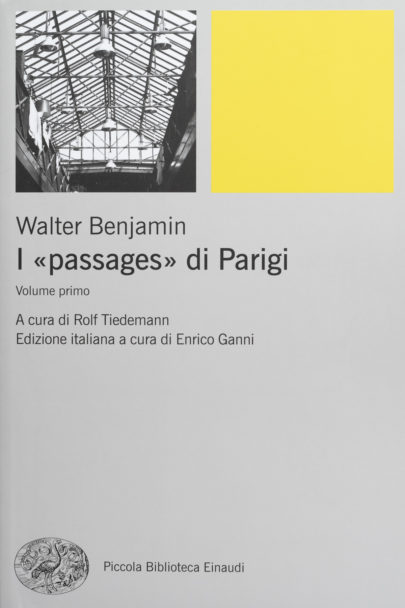
Walter Benjamin,
I «PASSAGES» DI PARIGI,
2010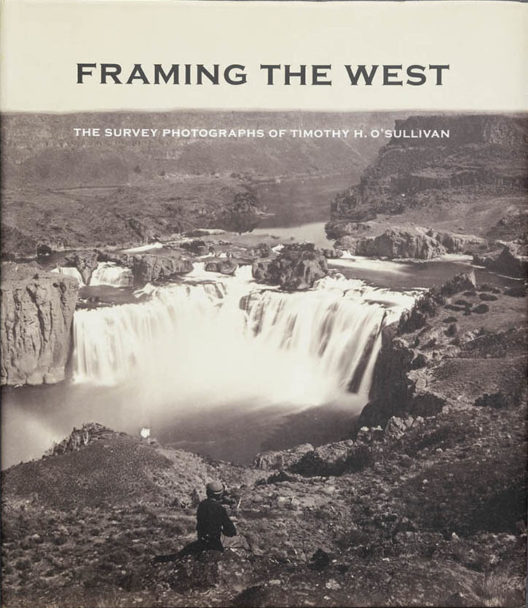
Toby Jurovics, Carol Johnson, William F. Stapp,
Framing the West: The Survey Photographs of Timothy H. O’sullivan,
2010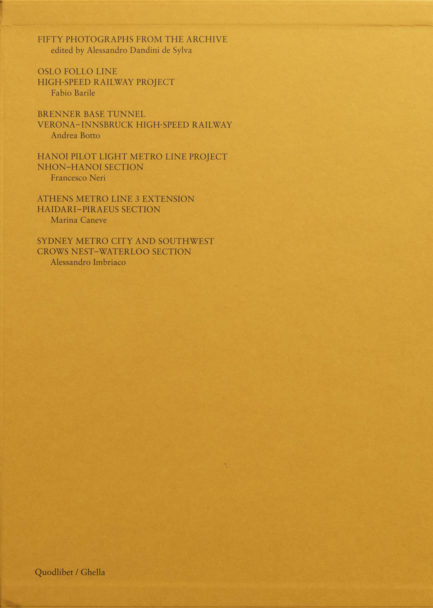
Fabio Barile - Andrea Botto - Marina Caneve - Alessandro Imbriaco - Francesco Neri - A cura di Alessandro Dandini de Sylva,
Di Roccia Fuochi e Avventure sotterranee,
2021